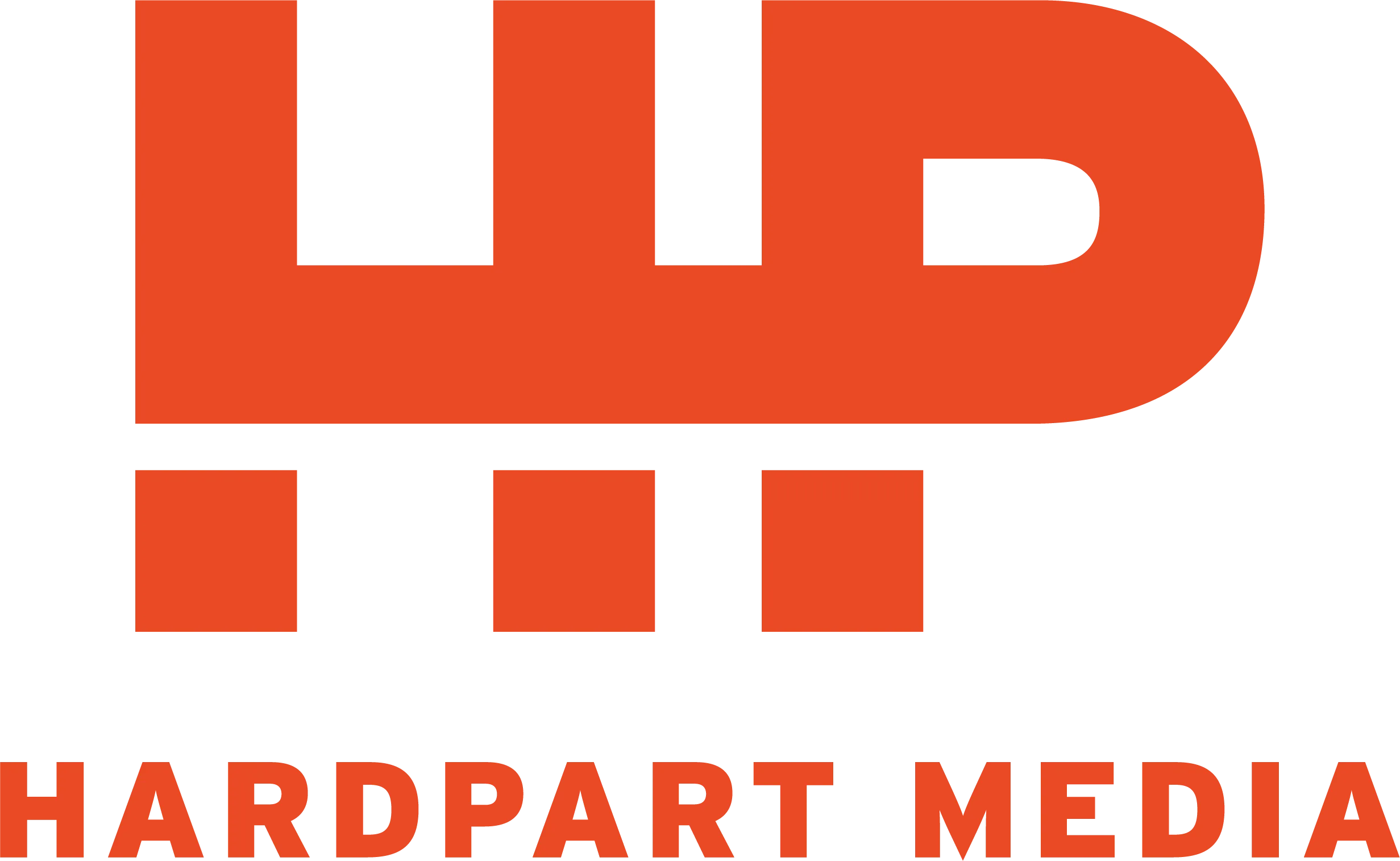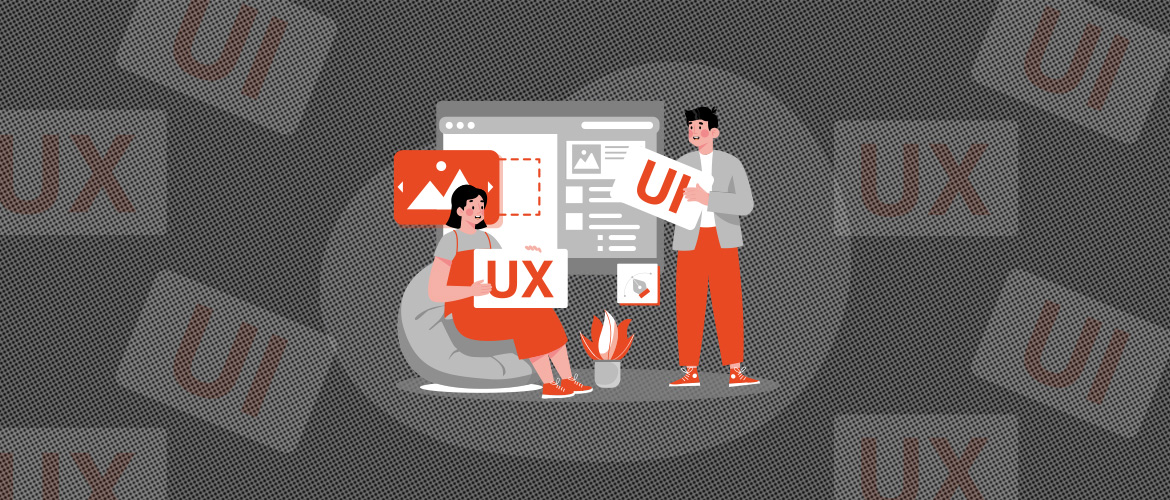Did you know that a poorly designed website could lead to lost leads and lost revenue? Your creative design matters and is your ability to have a great first impression. You may have had that experience of landing on a website and being so turned off by either the design or functionality of the site that you immediately close out the tab without taking any action. Or maybe you landed on the business’s site but found it hard to navigate, clicking on buttons that led to nowhere. Most people overlook how those experiences can impact a business’s bottom line, but the reality is that if a website is unappealing or not user-friendly, it can be a costly mistake that results in a lot of missed opportunities.
What Is The Difference Between UX and UI?
It is easy to see why some people might think that these things are the same. The terms are often seen together and used interchangeably in things like job postings. The concepts are intertwined and discussed together so frequently because typically designers collaborate on the same projects. However, the two mean something different and apply to different aspects of the design process.
What is User Interface Design?
The User Interface (UI) of your website refers to how the site is designed, encompassing all of the visual and interactive elements of your website and the applications that you use. The goal is to ensure that you are delivering a seamless interaction between your consumer and the products and/or services that you deliver.
What is User Experience?
The User Experience (UX) is essentially the process of designing products that provide meaning and relevance to users. This can include branding, design, function and overall usability. The UX should address any issues or “pain points” that a user may have to make sure the product is serving the right purpose.
What Is the Relationship Between UX and UI?
Much like any formidable duo (think mac and cheese or cookies and milk!) the User Interface design and the User Experience are deeply intertwined. Both work together to balance each other out and create something that is both easy and enjoyable to use.
A well-designed UI complements the UX experience and enhances the user journey. Let’s take a closer look at the specific elements of user interface design and how these elements can directly impact the overall experience of the user.
Navigation
One of the most important parts of the website that is impacted by UI design is the navigation. The navigation is what moves the user throughout the website flawlessly. It is the pathway for users to find the most prominent information on the website. Poor navigation causes people to abandon the website and has an adverse effect on conversion, causing a negative user experience.
Layout
The layout of a website ensures that people can easily move through the website to find what is important to them. The design of the layout takes into consideration the location and prominence of things like buttons and forms to streamline the user journey and enhance engagement.
Aesthetics
Like a beautiful piece of art, a visually appealing design can evoke emotion and create a connection for the user. If a user likes the look of the website, the products and the services that are provided, they will interact with the site. However a cluttered website can create distraction and result in a poor experience.
UI Design: Boosting Engagement and Enhancing User Experience
Just like your first impression matters when it comes to meeting someone new for the first time like on a job interview or a first date, your digital first impression matters too. About 38% of people that visit a website won’t engage with it if they feel as though the website is unattractive.
Similarly, more than 50% of people will not recommend a brand’s website to another person if they feel the website is designed poorly. A good website design is critical today as every interaction must be engaging and curate a positive user experience to encourage a conversion.
User Interface Design Boosts Brand Perception and Credibility
Credibility is also very important to the user when looking at a website that represents a brand. If the website is old and outdated, it may appear that the brand itself is old and outdated. An updated interface and design with a clean and professional layout can build a level of trust with the user and can result in improved conversion rates. Additionally, retention can increase by over 80% if using elements like videos and prioritizing a responsive design.
The Connection Between UI Design and Conversion
Analytics will help to identify where the client is dropping off in their journey and help to refine the interface so that the outcome is better conversion. Whether that be ensuring that you have clear CTA buttons calling out a desired action, an optimized navigation or header, or fixing your loading times for better speed, the goal of UI design is to influence people to take an action on your website and generate a lead. If you focus on the quality of the design and a good user interface up front, you can not only increase your ability to convert, but you can also avoid customer frustration as well as avoid repetitive and costly website redesigns.
Start Improving Your UI Design Today
Ultimately, a well-designed website with a good UI design is about creating a design that is interactive and positive for the user. If you are considering a website redesign, make sure that you are taking your user’s experience into account with the design of your user interface.
Contact HardPart Media today for a free consultation and to speak to our creative team of marketing specialists and start to re-design your website for an improved user experience!
Related Articles
Is Your Marketing Strategy Truly Creative?
Why Use Video Marketing In Your Strategy
Traditional Vs. Digital Marketing Strategies: How To Know What Your Business Needs

